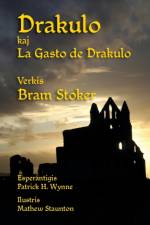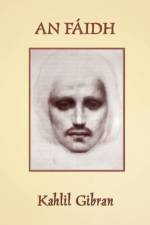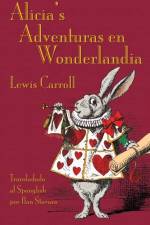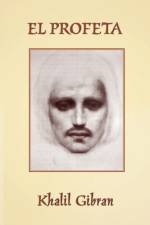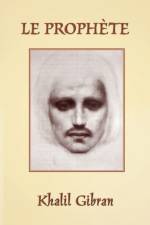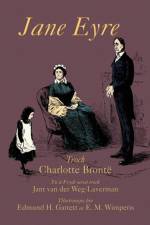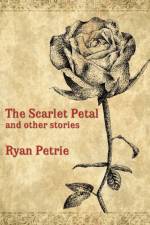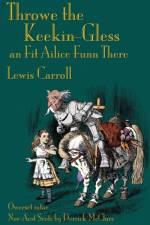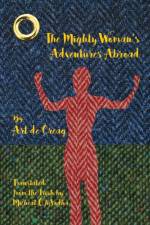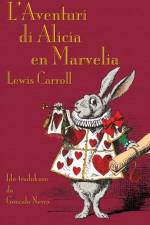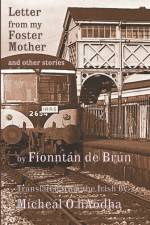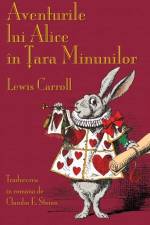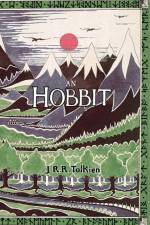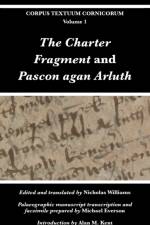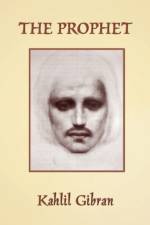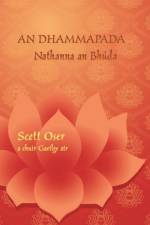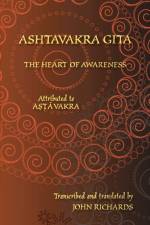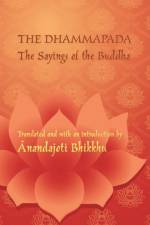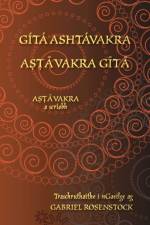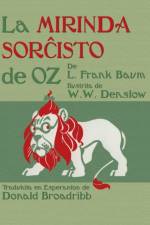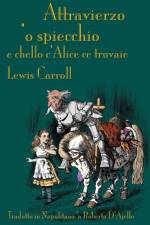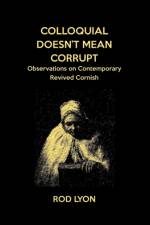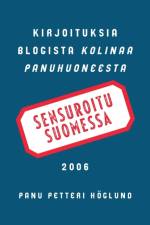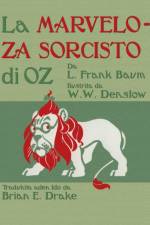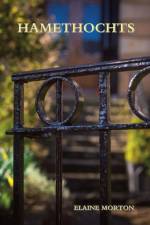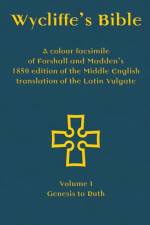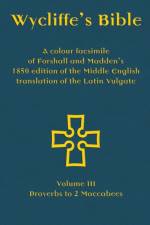- The Wonderful Wizard of Oz in Ido
von L Frank Baum
101,00 €
La Marveloza Sorcisto di Oz esas rakonto di L. Frank Baum pri puerino nomizita Dorothy, qua kun sua hundo Toto esas portita da ciklono de Kansas ad la stranja e belega lando di Oz. Hike el decidas vizitar la Smeralda Urbo por demandar de olua regnanto, sorcisto nomita Oz, ke lu retrosendez el adheme. Survoye el konoceskas Terorigilo, qua serchas cerebro; Stana Hakisto, qua deziras havar kordio; e Poltrona Leono, l'unika deziro di qua esas posedar kurajo. La grupeto renkontras multa danjeri e marveloza aventuri, ma sekure atingas la Smeralda Urbo, lia suceso debita a la pensemeso dil Terorigilo, la tenera sorgemeso dil Stana Hakisto, e la senpavoreso dil Poltrona Leono. To esas la libro qua inspiris la famoza cinemo-filmo de 1939 - qua multe diferas de la libro originala! Ica libro kolorizita kontenas la ilustruri originala da William Wallace Denslow, qui esis skanita de exempleri dil unesma edituro. Esas 24 plaki kolorizita e 150 ilustruri textala, multi de li adaptita a la Linguo Internaciona Ido. La libro esas kompostita per maniero simila ad olta dil unesma edituro, kun ula pluboniguri tipografala por la lektanto moderna. --- The Wonderful Wizard of Oz is L. Frank Baum's story of a little girl named Dorothy, who with her dog Toto is carried by a tornado from Kansas to the strange and beautiful land of Oz. Here she decides to visit the Emerald City to ask its ruler, a wizard called Oz, to send her back home again. On the way she meets a Scarecrow, who is in search of brains; a Tin Woodman, who wishes to have a heart; and a Cowardly Lion, whose one desire is to possess courage. The little party encounter many dangers and marvelous adventures on the way, but reach the Emerald City in safety, their success being due to the thoughtfulness of the Scarecrow, the tender care of the Tin Woodman, and the fearlessness of the Cowardly Lion. This is the book that inspired the famous 1939 film -- which differs from the original book in quite a few ways! This full-colour book contains the original illustrations by William Wallace Denslow which were were scanned from copies of the first edition. There are 24 colour plates and 150 text illustrations, many localized into Scots. The book has been typeset a fashion similar to that of the first edition, with some typographic improvements for the modern reader.

